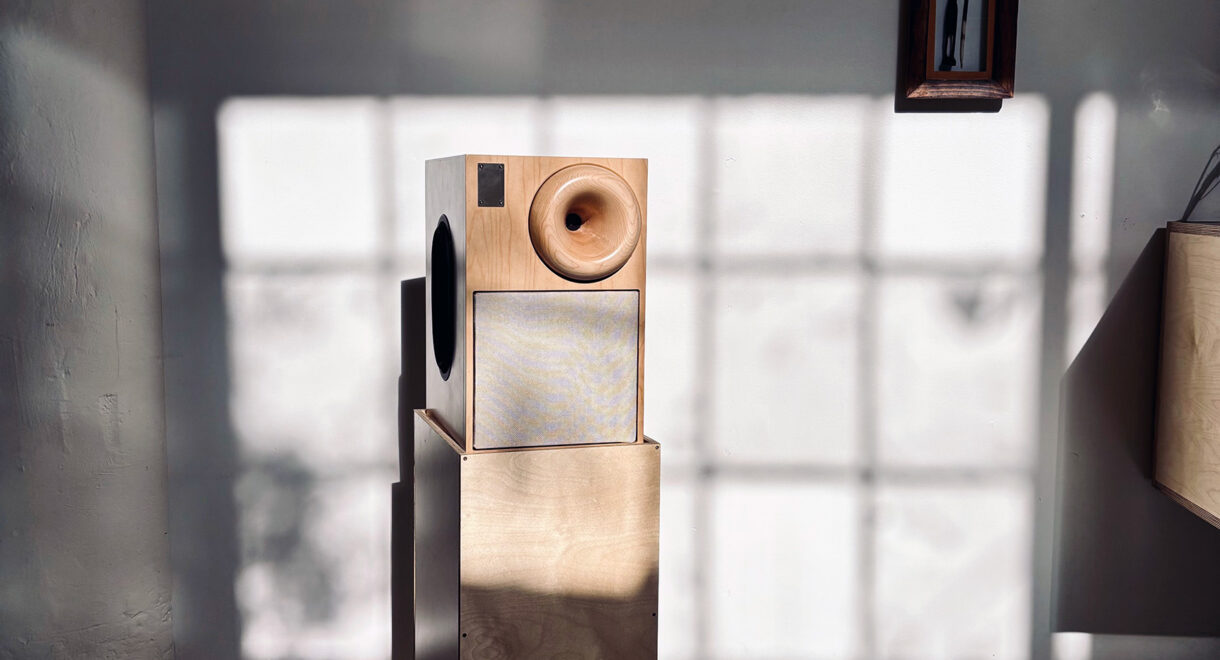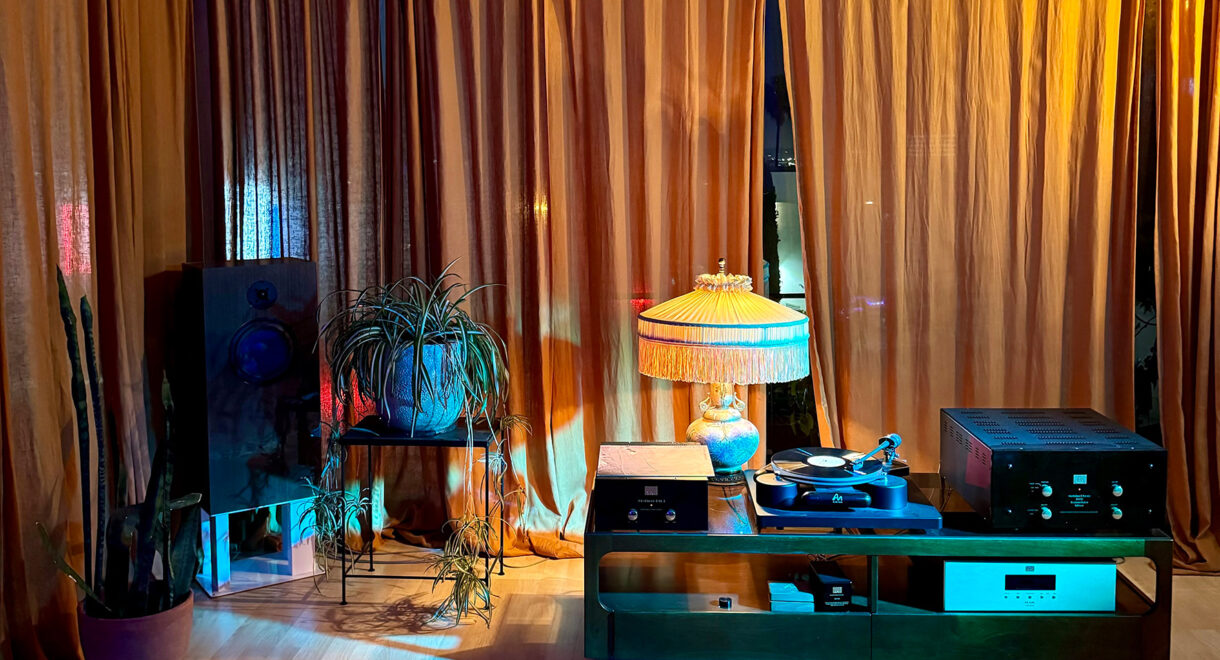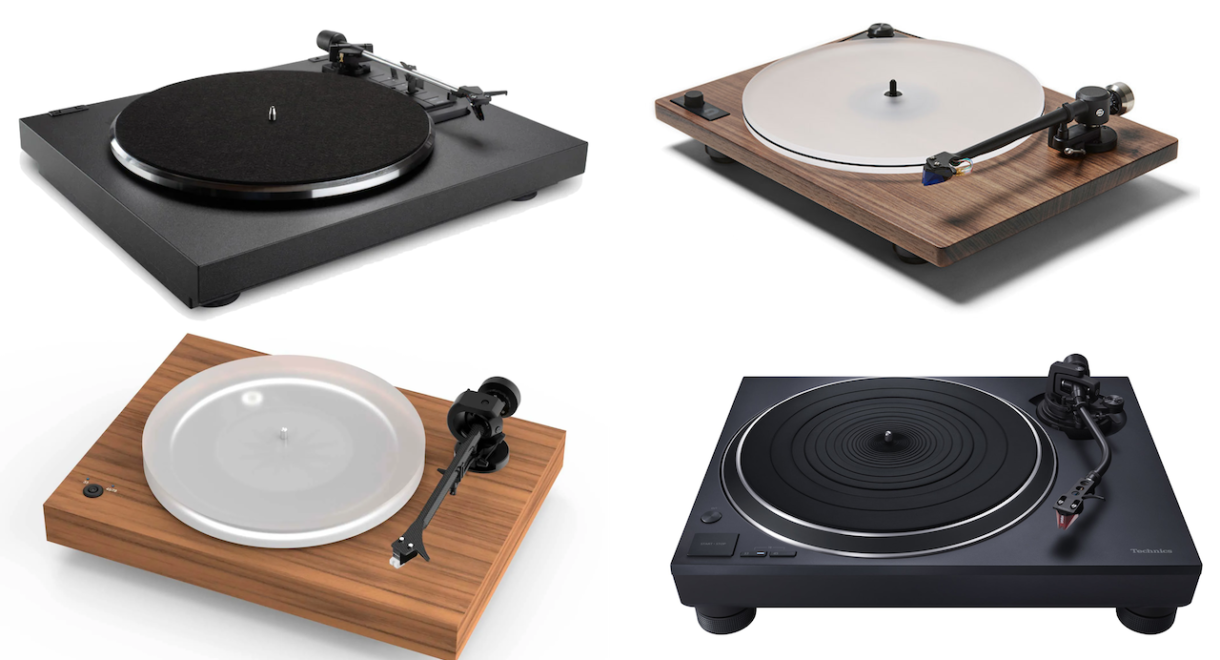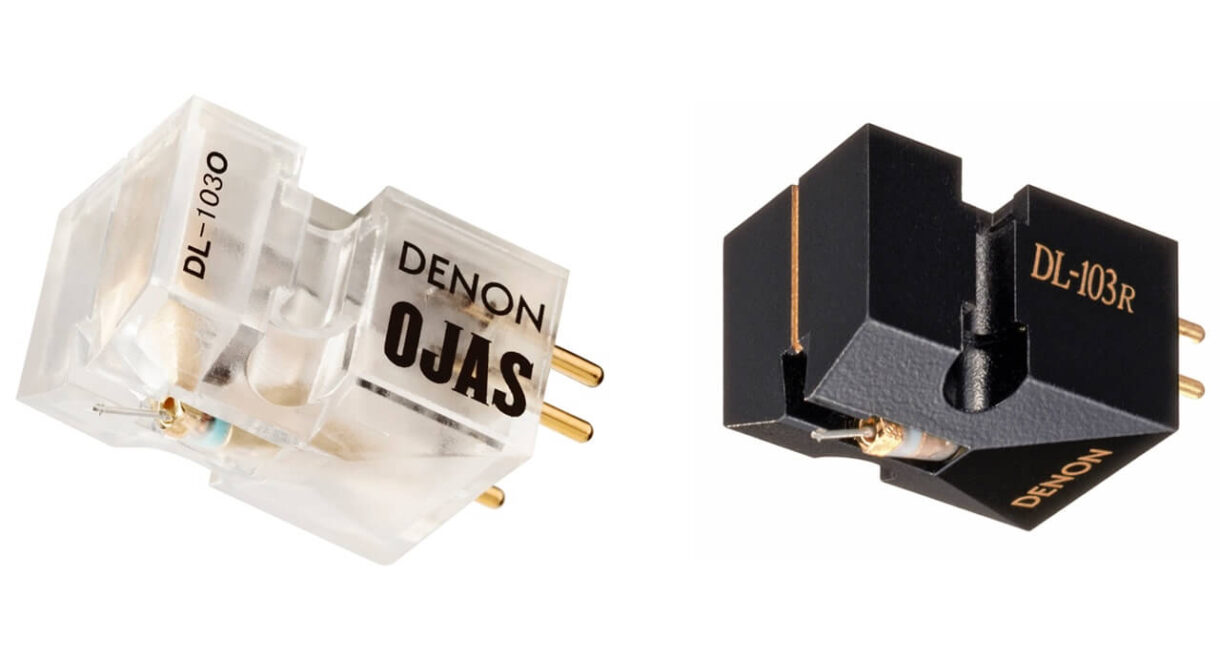Transparent clarity, deep bass, and “Invisible Sound” from German audio company ADS. Background: One of the lesser known hi-fi brands of the ’70s, ADS (Analog and Digital Systems) […]
What’s the Difference Between a Preamplifier, Integrated Amplifier, Power Amp and Receiver?

Understand the basic audio components of a Hi-Fi stereo system so you know what to look for when shopping for audiophile equipment.
Amplifier. Amp. Preamp. Integrated amp. Phono stage. Tube amplifier. Mono-block. Active speaker. Control amp. Receiver. Solid-state amplifier. Step-up transformer. Powered speaker. Power amp. Phono preamp.
If you’re new to high-end audio and looking to build out a system inspired by some of the components you’ve see on Instagram, or something owned by one of your audiophile friends, you are going to need to think about amplification, and you are guaranteed to come across some of the terms from the previous paragraph during your research. But what do they mean?
Those are a long list of component types but when it comes down to it, you’re basically looking at three things:
- Connecting your sources and selecting which one is playing,
- Modifying sound quality (volume, balance, and treble, midrange, and bass), and
- Sending an electronic signal to your speakers strong enough to drive them and make music.
Different kinds of amplifiers do one or more of these three things.
Preamplifier
Preamps (also called control amps) are for connecting and selecting sources or inputs like turntables, CD players, tape players/recorders, tuners and other “auxiliary” (AUX) devices, and managing sound characteristics such as volume, treble, bass and balance. They control your inputs and sound, and output a signal to a power amplifier.

Most of the inputs on a preamp are standard “line-level” inputs. Standardized source output and preamp input levels allow mixing and matching of source components from different manufacturers, safe in the knowledge that they will be compatible with each other.
Because source output signals are standardized, you can plug any line-level source into any line-level input (eg. a CD player into the Tuner input, or tape deck into the AUX input) and it will sound the same. This gives flexibility, especially when using modern sources with vintage amps (or vice versa) that weren’t specifically designed for each other.

However, the only non-standard inputs are the one or two phono (or turntable) inputs (see phono preamplifier below). Do not plug line-level sources into phono inputs as you’ll blow the amp or your ears or both.
Many preamps manufactured between 1995 and 2015 may have omitted phono inputs because vinyl wasn’t very popular at the time; the resurgence of vinyl over the past 8 years has changed that situation with most manufacturers offering an internal moving magnet phono preamp inside their preamplifiers, integrated amplifiers, and AVRs.
A preamp cannot be used independently to drive loudspeakers, and so you won’t see any “watts per channel” specifications. You also won’t see any speaker output jacks on the back. To get sound to speakers, you’ll need a power amp.
Phono Preamplifier
Also called a phono stage, and if specifically for Moving Coil (MC) cartridges, a step-up transformer (or SUT) may be in the circuit before the actual phono section. See this article for a write-up on differences between Moving Magnet (MM) and MC cartridges.
A phono preamp takes the very low output from a standard turntable (and very, very, very low output if said turntable is equipped with an MC cartridge) and amplifies it to line level so your preamp can then process it like all the other inputs.

It may sound simple to just amplify a low-level signal to line level, but that’s not the case. The signal from the turntable contains two kinds of sound: the sound you want (the music) and sound you don’t want (noise induced by friction and vibration as a tiny diamond rubs against the moving grooves of a spinning vinyl disk on a motorized machine). The phono preamp must be selective, keeping the music and using sophisticated circuitry to filter out the noise. The more sophisticated the amplification and noise filtering, the more expensive the phono preamp.

This can all get a bit confusing, but you can think of it this way:
- Internal phono stage: If your preamp has phono inputs, then you actually have two preamps in one (the phono stage is inside the preamp, delivering a line-level signal that can be treated the same as all the other inputs).
- External phono stage: If your preamp doesn’t have phono inputs, you’ll need a standalone phono preamp. If your phono inputs are designed for MM cartridges only, you’ll need an MC-compatible phono preamp if you plan on using a MC cartridge. In all cases you’ll have a phono stage in a separate box outputting a line-level signal that you plug into one of the spare line-level inputs on your preamp.
Power Amplifier
Power amps (back in the day called simply “amplifiers”) are where you connect your loudspeakers, and they’re devoted to transforming output from a preamp to a strong enough electrical signal to move the big, heavy magnets in your speaker drivers.
Power amps don’t have many inputs or outputs. Typically on a stereo power amp there will be two RCA inputs for the left and right channels coming from your pre-amp, and four speaker output jacks (two each for left and right channels). Some power amplifiers will have balanced XLR inputs as well.

Some power amps are designed for two sets of speakers, and you’ll see eight speaker-out jacks on the back (four each for A and B sets) and a speaker selector switch on the front.
Conversely, some power amps are designed for just one speaker. These can be used for a mono set-up, or in pairs connected individually to the left and right outputs of a preamp. Mono power amplifiers used this way are commonly called “monoblocks.”

The output of a power amp is measured in watts per channel, with 20 to 50 watts per channel sufficient to satisfactorily drive most vintage and consumer-grade bookshelf or stand-mount speakers, while more power (sometimes in the hundreds of watts) will be necessary for loudspeakers that are more difficult to drive and require the amplifier to double its output into 4 or 2 ohms.
Integrated Amplifier
An integrated amp combines both a preamp and power amp in one box (the pre- and power functions are integrated). There are advantages and disadvantages to integrating the two.
Integrated amplifiers take up less space than a two-box pre/power solution. They can also be made more cheaply as everything is housed in one cabinet. The popularity of integrated amps really took off in the late 1960s as solid-state technology (smaller and cheaper with less heat output) began to replace tubes in amplification devices.

For high-end audiophiles, the main perceived drawback of integrated amplifiers is reduced sound quality, partly because getting everything packed into one box puts size pressure on all component parts (smaller capacitors and diodes and transformers and heatsink negatively impact signal quality), and partly because electronic circuits are so close together (resulting in electronic interference and degradation of signal purity).

Another audiophile benefit of separate amplification is the ability to mix-and-match components, pairing a high-quality preamp from one manufacturer with a top-class power amp from another to achieve the desired sound quality.

Integrated amplifiers became popular with the average consumer in the ‘70s and beyond as a cost-effective, space-saving music solution, while serious audiophiles prefer(red) the quality of separate pre- and power amplifiers. That said, many high-end integrated amplifiers produce excellent sound and are still very popular with audiophiles.
Receiver
Just as an integrated amplifier combines pre and power amplification functions in a single box, a receiver combines a radio (or tuner) with an integrated amplifier.
Receivers became popular for similar reasons as integrated amplifiers: space saving and price. Nowadays an added attraction of receivers is the esthetic beauty – that space-cadet glow – of the tuning dial (few modern receiver owners actually use them to listen to the radio).

Receivers became quite large – if not massive –in the late ‘70s “Golden Era” of audio as manufacturers led by Pioneer, Marantz, Sansui and Technics strove to out-do each other by producing top-of-the-line receivers with higher and higher power output in a trend known as “The Receiver Wars,” culminating in 1979 with the Technics SA-1000 which output 330 watts per channel!
Active Speaker
A traditional audio system consists of source components (turntable, tuner, tape deck, CD player, etc.) some sort of amplifier (pre-plus-power combo, integrated amp or receiver) and a set of speakers. The speakers in these systems can’t make sound without the amplifier, and so they are considered “passive.”

Active (or powered) speakers take the space-saving “everything-in-one-box” trend to the extreme, combining amplification (pre and power) and speaker within one (or two) speaker cabinets.
Active speakers come in a variety of styles. They can be mono or stereo. Single speaker or pair. Wireless or wired. Bluetooth or WiFi. With analog (RCA, XLR), digital (USB, coaxial, optical, HDMI), or analog-and-digital inputs.

These days many desktop computer and gaming speakers are active, and may combine with active subwoofers (another kind of active speaker) for enhanced bass.
One of the advantages of active loudspeakers is that you have fewer components; which saves both space and money. You also need fewer cables.
High-end manufacturers have introduced a rather significant number of active loudspeakers over the past few years; whilst most are Bluetooth products, there are a growing number of active wireless loudspeakers from traditional high-end brands like Q Acoustics, KEF, Klipsch, PSB, Dynaudio, and Triangle that offer a much higher level of performance.
Conclusion
So, there you have it. It all comes down to device selection, sound manipulation, and boosting the music signal so speakers can make a pleasant sound.

You are now armed with the lingo required to hit your preferred audio retailer with confidence, or spend an afternoon listening to your dearest audiophile friend without your head spinning in confusion.
This article originally appeared at ecoustics.com and has been published here with permission.
In Sheep’s Clothing is powered by its patrons. Become a supporter today and get access to exclusive playlists, events, merch, and vinyl via our Patreon page. Thank you for your continued support.










